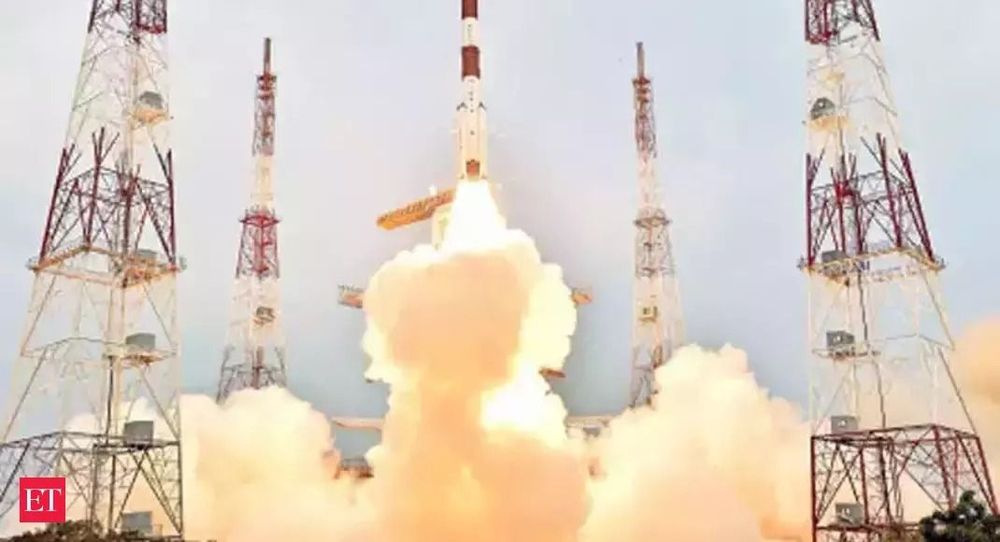A SpaceX Falcon 9 rocket launched 60 new Starlink internet satellites into orbit Monday (Feb. 17), but missed a landmark booster landing at sea.
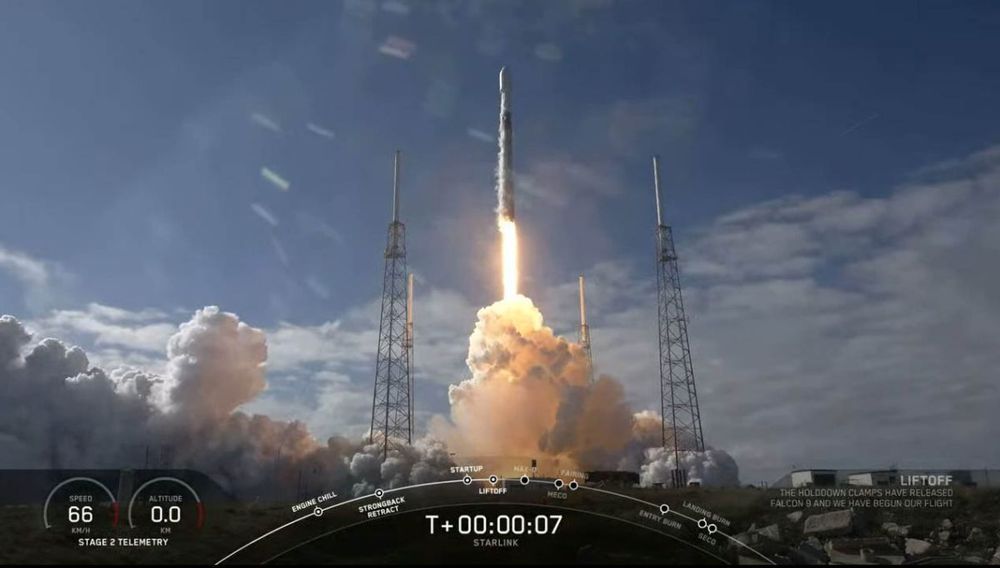

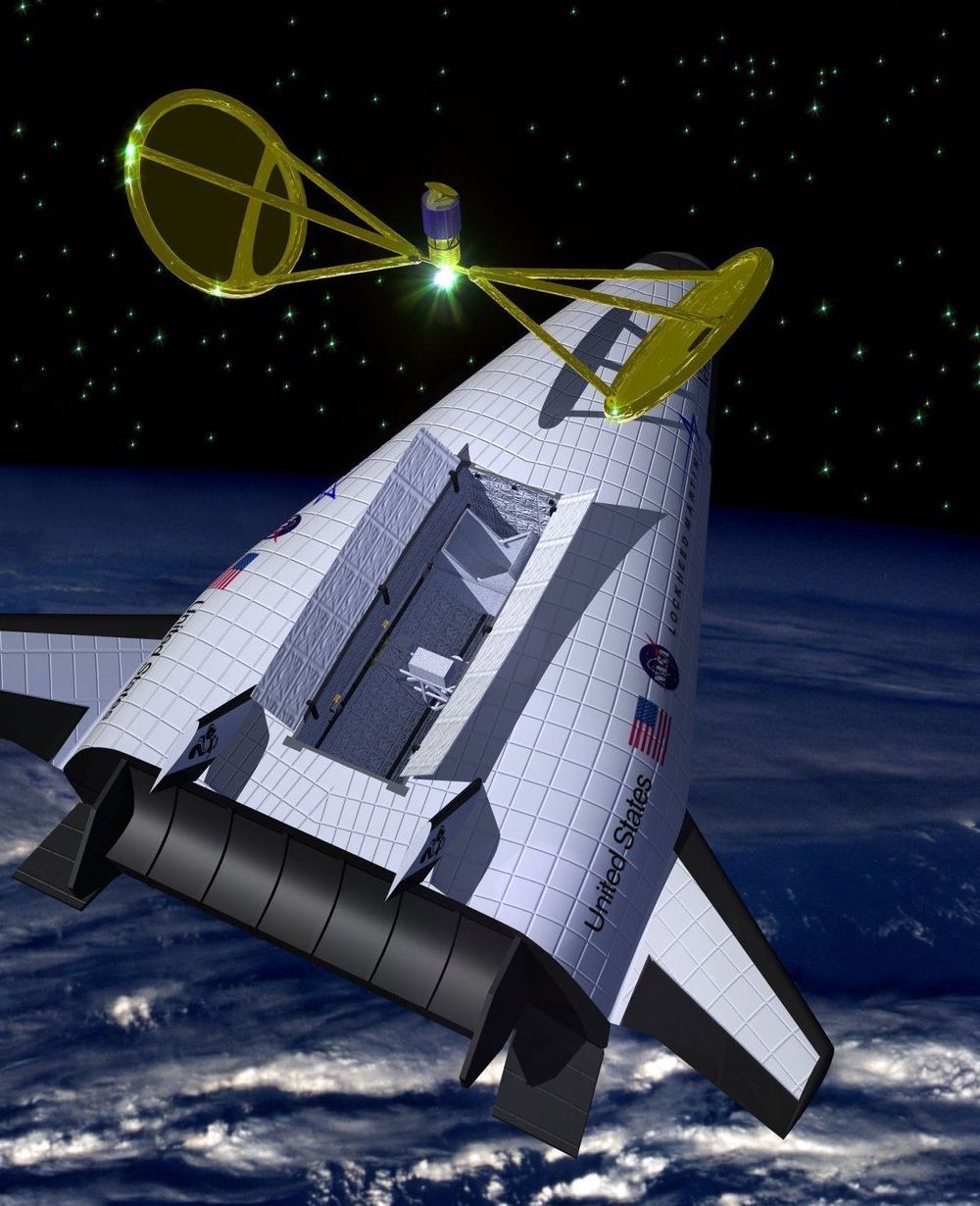
It has taken until the second decade of the 21st century, but the U.S. government has finally designated space to be a legitimate domain of military operations and has stood up the U.S. Space Force — that’s the good news. The not-so-good news is that the U.S. Space Force has no routine, reliable access to space.
The Space Force will operate in the near-Earth and cislunar domains like our current military operates in the domains of land, sea, and air. The Army and Marines have their land and air vehicles, the Navy has its surface ships and submarines, and the Air Force has its airplanes. But the assets being transferred to the Space Force — satellites and expendable launch vehicles — are akin to lighthouses, buoys, dirigibles, and coastal artillery because we have so far only treated space as a support service.
The U.S. Space Force must acquire responsive, routine, and reliable access to space — starting with launch systems optimize for reaching low Earth orbit (LEO). The Space Force must be equipped with a fleet of responsive, spacefaring vehicles under the operational purview of the Space Force’s equivalent of an Air Force colonel or Navy captain. Currently, the resource requirements for space launch are so large that only a three-star general of above to approve a mission; for launch to be truly operationally responsive, the required resources — and decision-making authority — must be driven down to a level comparable to what’s been required to send a B-2 Stealth Bomber or the now-retired SR-71 reconnaissance aircraft aloft.
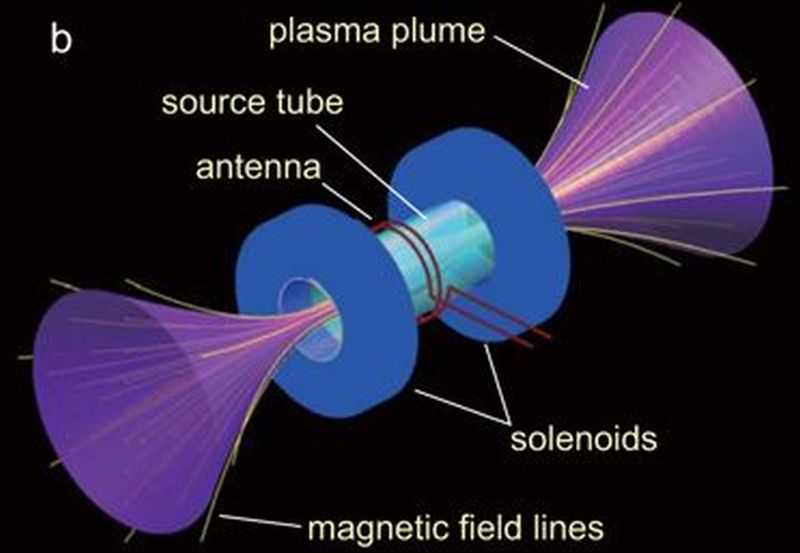
Space junk is a growing problem. For decades we have been sending satellites into orbit around Earth. Some of them de-orbit and burn up in Earth’s atmosphere, or crash into the surface. But most of the stuff we send into orbit is still up there.
This is becoming an acute problem as years go by and we launch more and more hardware into orbit. Since the very first satellite—Sputnik 1—was launched into orbit in 1957, over 8000 satellites have ben placed in orbit. As of 2018, an estimated 4900 are still in orbit. About 3000 of those are not operational. They’re space junk. The risk of collision is growing, and scientists are working on solutions. The problem will compound itself over time, as collisions between objects create more pieces of debris that have to be dealt with.
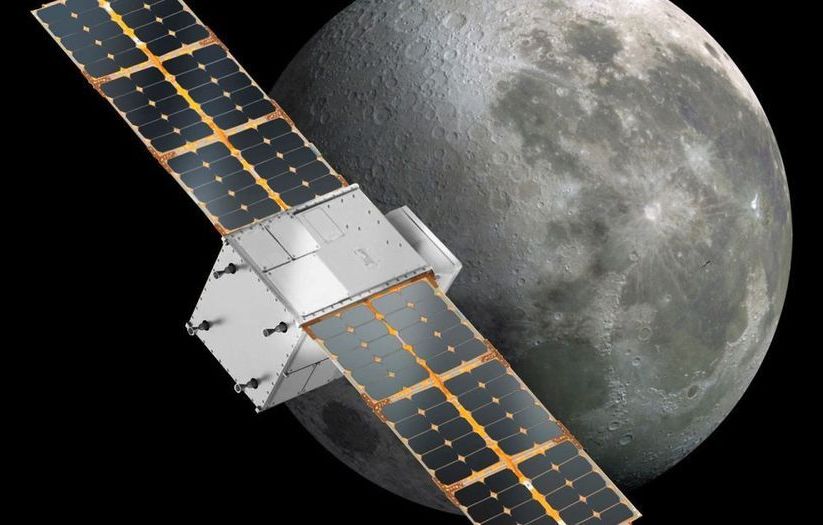
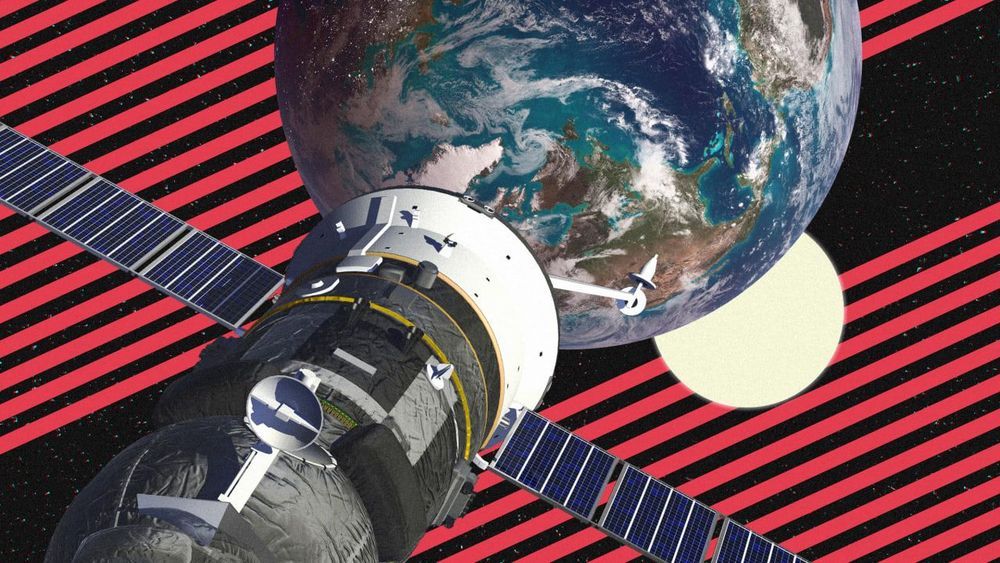
This week the U.S. Patent and Trademark Office granted a patent to Amazon that covers “energy-efficient launch system for aerial vehicles,” meaning Amazon could be working on a way to fling your packages into the air—or space.
While at first a weird concept, it makes sense in context. This whip-like approach could shoot satellites into space as part of Amazon’s Project Kuiper low-Earth satellite constellation or Amazon drones that would zoom off to deliver packages.
We’ve reached out to Amazon for comment on the patent and we’ll update this story once we get a response.

WASHINGTON — Northrop Grumman was awarded a $253.5 million contract by the U.S. Space Force to develop a cyber-secure communications payload that could be deployed on a military or commercial satellite.
The U.S. Space Force’s Space and Missile Systems Center announced Feb. 12 that Northrop Grumman was the first vendor selected to build a prototype payload under the Protected Tactical Satellite Communications (PTS) program that the U.S. Air Force started in 2018.
As many as four prototype payloads will be funded under the PTS program. Two payloads will be selected to launch in 2024 for on-orbit demonstrations that will last three to five years.
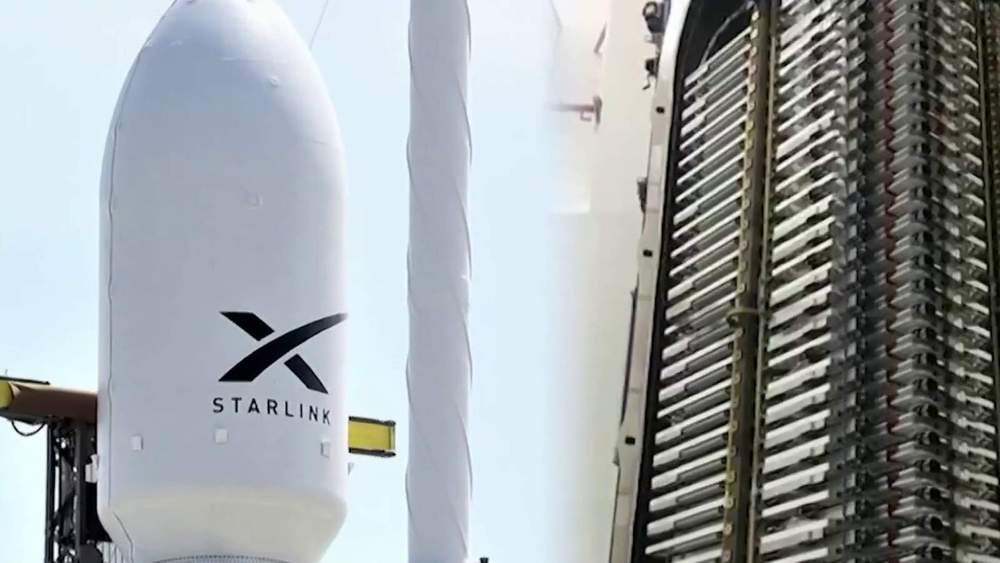
CAPE CANAVERAL, Fla. – If you missed the last few Space Coast launches because they happened late at night or during the workday, this weekend’s SpaceX launch will be a good opportunity to see one.
SpaceX is targeting Saturday morning to launch another round of internet-beaming satellites on a Falcon 9 rocket from Cape Canaveral Air Force Station Launch Complex 40.
The launch window opens at 10:46 a.m. and ends at 11:02 a.m.
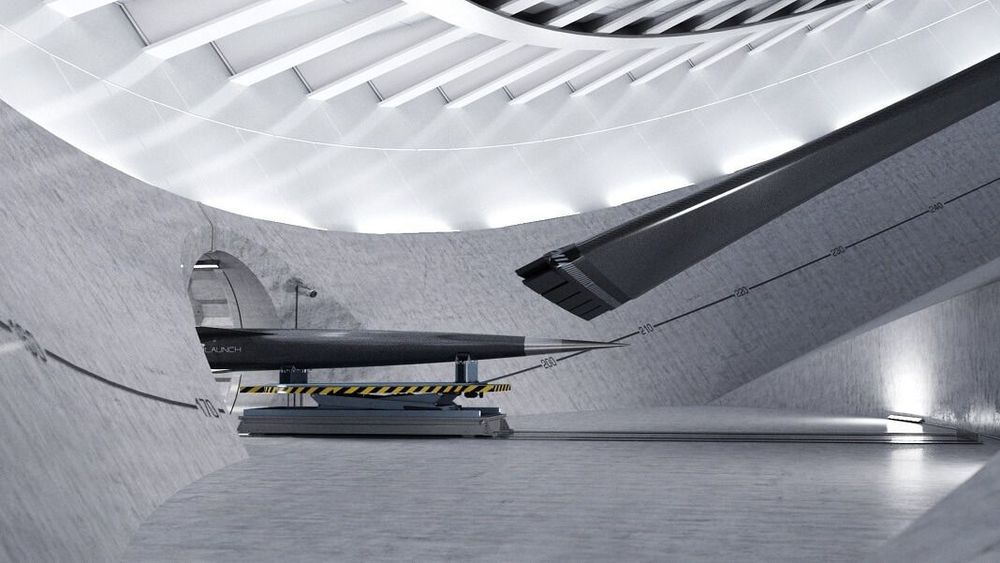
The rapidly falling cost of getting into orbit has spurred a boom in the space industry as a host of new applications become economical. Now a secretive startup plans to slash the cost to just $250,000 by flinging rockets into space rather than firing them.
Over the last decade, the pioneering work done by SpaceX has shown that getting stuff into orbit doesn’t need to be so expensive and that there are viable business opportunities to be had in the private space industry. Combined with advances in satellite technology, there’s now a thriving market for small, inexpensive spacecraft in low- E arth orbit doing everything from remote sensing to delivering broadband internet access.
But while costs have fallen dramatically, the cheapest option for reaching low-Earth orbit —a rideshare on SpaceX’s Falcon 9—still starts at $1 million, and launches only happen twice a month at best. California-based startup SpinLaunch says its technology will allow up to five launches a day for as little as $250,000.
